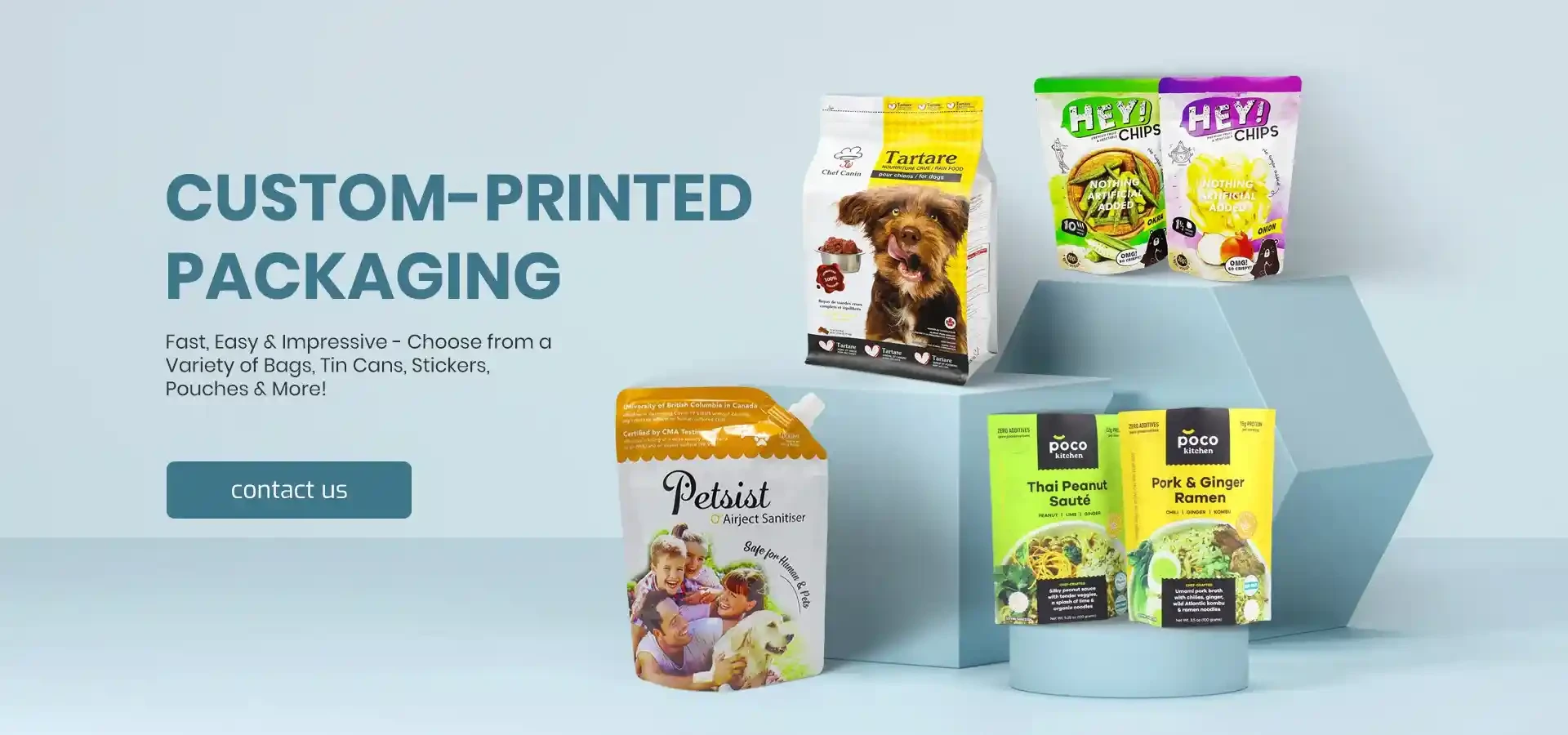- Afrikaans
- Albanian
- Amharic
- Arabic
- Armenian
- Azerbaijani
- Basque
- Belarusian
- Bengali
- Bosnian
- Bulgarian
- Catalan
- Cebuano
- chinese_simplified
- chinese_traditional
- Corsican
- Croatian
- Czech
- Danish
- Dutch
- English
- Esperanto
- Estonian
- Finnish
- French
- Frisian
- Galician
- Georgian
- German
- Greek
- Gujarati
- haitian_creole
- hausa
- hawaiian
- Hebrew
- Hindi
- Miao
- Hungarian
- Icelandic
- igbo
- Indonesian
- irish
- Italian
- Japanese
- Javanese
- Kannada
- kazakh
- Khmer
- Rwandese
- Korean
- Kurdish
- Kyrgyz
- Lao
- Latin
- Latvian
- Lithuanian
- Luxembourgish
- Macedonian
- Malgashi
- Malay
- Malayalam
- Maltese
- Maori
- Marathi
- Mongolian
- Myanmar
- Nepali
- Norwegian
- Norwegian
- Occitan
- Pashto
- Persian
- Polish
- Portuguese
- Punjabi
- Romanian
- Russian
- Samoan
- scottish-gaelic
- Serbian
- Sesotho
- Shona
- Sindhi
- Sinhala
- Slovak
- Slovenian
- Somali
- Spanish
- Sundanese
- Swahili
- Swedish
- Tagalog
- Tajik
- Tamil
- Tatar
- Telugu
- Thai
- Turkish
- Turkmen
- Ukrainian
- Urdu
- Uighur
- Uzbek
- Vietnamese
- Welsh
- Bantu
- Yiddish
- Yoruba
- Zulu
Exploring the Benefits of Vacuum Forming for Innovative Packaging Solutions
The Advancements and Applications of Vacuum Forming in Packaging
Vacuum forming, a manufacturing process that involves heating a plastic sheet until it becomes pliable and then forming it over a mold using vacuum pressure, has seen significant advancements and applications in the packaging industry. This technique is particularly favored for its ability to create custom shapes and designs, making it an essential method in today’s fast-paced market where presentation and functionality play critical roles.
The Process of Vacuum Forming
Vacuum forming begins with a heated thermoplastic sheet, which is then stretched over a mold. Once the plastic reaches its desired temperature, a vacuum is applied, pulling the sheet tightly against the mold's surface. As the plastic cools, it retains the shape of the mold, creating a precise and detailed packaging solution. This process is efficient, allowing for high-volume production runs with minimal waste, making it both cost-effective and environmentally friendly.
Benefits of Vacuum Forming in Packaging
1. Customizability One of the most significant advantages of vacuum forming is its ability to produce custom shapes and sizes. Packaging products can be tailored to fit specific items perfectly, reducing movement during shipping and storage, thereby minimizing damage.
2. Material Versatility Vacuum forming can be done with a variety of thermoplastic materials such as ABS, PVC, polystyrene, and PETG. This versatility allows manufacturers to choose materials best suited for the product's requirements, including durability, clarity, and recyclability.
3. Lightweight and Durable Vacuum-formed packages tend to be lightweight and robust. By using less material while still providing sufficient strength, manufacturers can reduce shipping costs and enhance sustainability efforts.
4. Cost-Effectiveness For medium to high production runs, vacuum forming is highly economical as the tooling costs are lower compared to injection molding. This affordability enables businesses to produce high-quality packaging without exorbitant initial investments.
5. Aesthetic Appeal Freedom in design allows for attractive packaging that can improve brand visibility. Vacuum-formed packaging can incorporate graphics, textures, and colors that elevate a product's presentation on the shelf.
packaging vacuum forming

Applications in Various Industries
Vacuum forming is prevalent in various industries, including electronics, food packaging, and consumer goods.
- Electronics Packaging For electronics, vacuum-formed packages provide excellent protection against physical damage due to their snug fit. They can also be designed to include compartments for different components, ensuring everything remains organized during transport.
- Food Packaging In the food industry, vacuum forming is often employed to create trays for ready-to-eat meals, ensuring that the food is secure and presented attractively. Additionally, vacuum-formed packaging is often used in conjunction with shrink films, enhancing the product’s shelf life and safety.
- Consumer Goods Many household and personal care products utilize vacuum-formed packaging for clamshells or blisters, which offer visibility while securely holding the product. This kind of packaging is popular for items ranging from toys to cosmetics, as it captures consumer attention while providing thorough protection.
The Future of Vacuum Forming in Packaging
As sustainability becomes a focal point across industries, vacuum forming is adapting to meet new environmental standards. The development of bio-based and recyclable materials is paving the way for less environmentally harmful packaging solutions. Moreover, advancements in technology are making it possible to create even more complex designs while reducing production times.
Automated vacuum forming machines equipped with advanced sensors and robotics are set to revolutionize the industry, allowing for greater precision and efficiency. These innovations not only enhance production capabilities but also contribute to the reduction of waste and energy consumption.
Conclusion
The vacuum forming process has established itself as a vital technique in the packaging industry, offering a blend of customizability, economic efficiency, and aesthetic versatility. As industries continue to evolve, the future of vacuum-forming technology promises exciting opportunities, especially in the realm of sustainable practices. Businesses looking to enhance their packaging solutions will find vacuum forming to be an indispensable option in their strategy to meet consumer demands while maintaining their operational viability.













